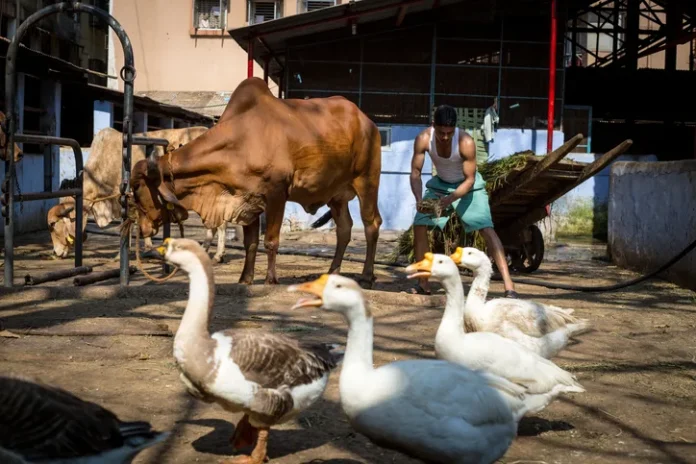NEW DELHI, March 5: In a bid to address the growing challenges posed by livestock diseases, the Union Cabinet, chaired by Prime Minister Narendra Modi, approved a revised version of the Livestock Health and Disease Control Programme (LHDCP) with an outlay of ₹3,880 crore for the years 2024-25 and 2025-26. The scheme is designed to prevent and control various livestock diseases and boost productivity in the sector.
The revamped programme consists of two main components: the National Animal Disease Control Programme (NADCP) and the Livestock Health & Disease Control (LH&DC). A new component, Pashu Aushadhi, has been introduced to improve access to affordable veterinary medicines. The LH&DC has three sub-components: the Critical Animal Disease Control Programme (CADCP), the Establishment and Strengthening of existing Veterinary Hospitals and Dispensaries – Mobile Veterinary Unit (ESVHD-MVU), and Assistance to States for Control of Animal Diseases (ASCAD).
The ₹3,880 crore scheme includes ₹75 crore allocated for the provision of quality, affordable generic veterinary medicines under Pashu Aushadhi. The scheme is designed to address diseases like foot and mouth disease (FMD), brucellosis, peste des petits ruminants (PPR), classical swine fever (CSF), and lumpy skin disease, which adversely affect livestock productivity.
The programme will focus on reducing livestock disease losses through immunization, vaccination, and surveillance. A key element of the initiative is the use of mobile veterinary units to provide healthcare services at the doorstep. The programme will also improve the availability of generic veterinary medicines through a network of PM-Kisan Samriddhi Kendras and Cooperative Societies.
By tackling livestock diseases and boosting productivity, the scheme is expected to generate employment, encourage entrepreneurship in rural areas, and prevent economic losses for farmers. The Cabinet emphasized that the initiative will help strengthen India’s livestock sector and support farmers in managing the impact of diseases on their productivity.

